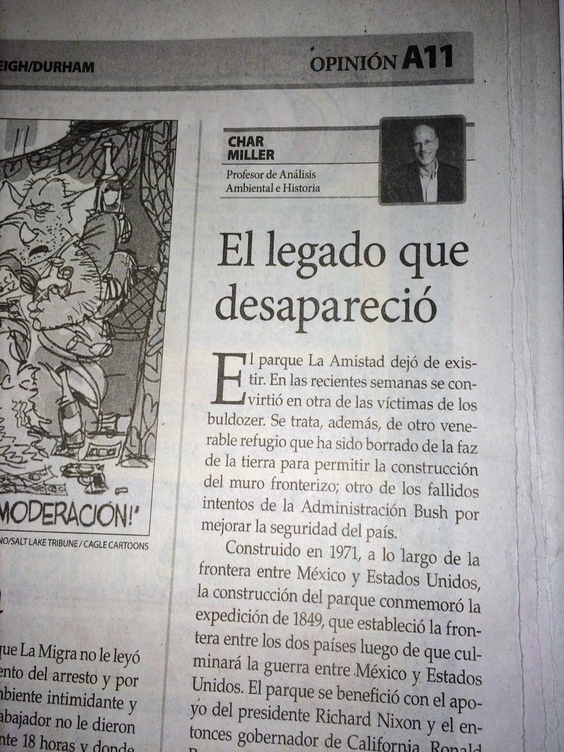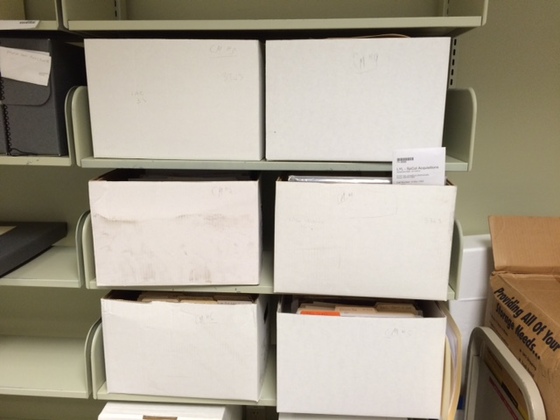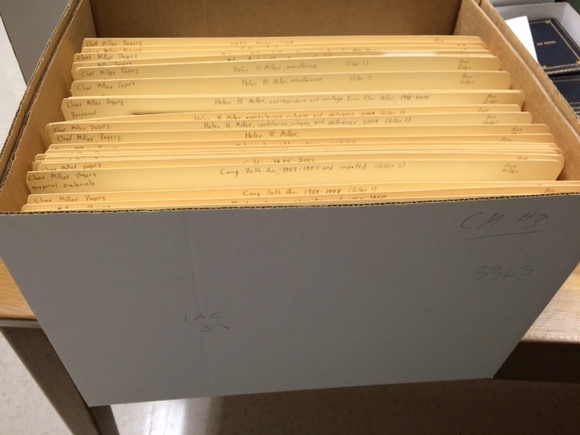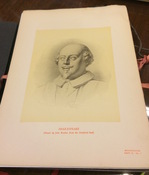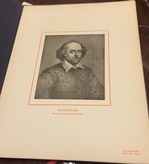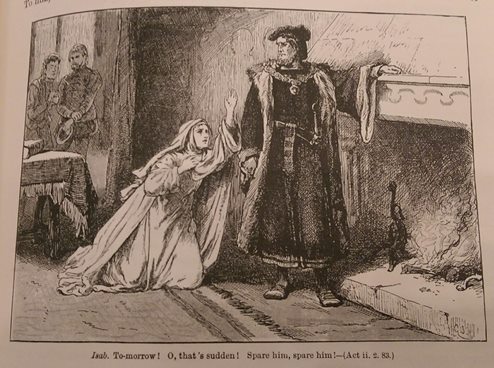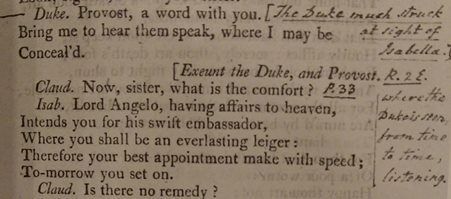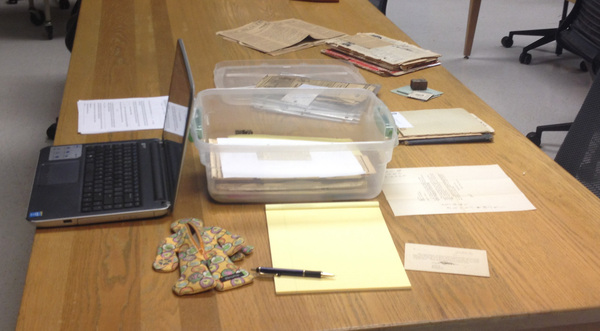“The play [King
Lear],” writes philosopher Stanley Cavell in his essay on the play, ‘The
Avoidance of Love’, “can be said to be Christian–not because it shows us
redemption–it does not; but because it throws our redemption into question, and leaves it up to us.” What
is Cavell referring to, exactly? We see Lear take the Gods’ names in vain, to
no avail; it is Lear, not the Gods, that is responsible for throwing his world
into chaos through his cruelty to his subjects and the rejection of his
daughter Cordelia, who ultimately is killed as a result. Placing ownership of
wrongdoing in Lear’s hands, and giving Lear the opportunity, if he so chooses,
to be redeemed from this, is what one might view as a Christian setup.
I said one might;
but another might find the label Christian here quite problematic. If it was
truly in Lear’s hands to choose, one way or the other, to redeem his kingdom or
to perish, we must essentially ‘blame’ Lear for having chosen the former.
Cavell asks: “And what room is there for blame? Is he to blame for being human?
For being subject to a cosmic anxiety and to fantasies which enclose him from
prefect compassion? Certainly blame is inappropriate, for certainly I do not
claim to know what else Lear might
do.” Which is to say that it is rather difficult to look at this play, and its
characterization of Lear’s suffering, and say that it was his ‘fault’ he acted
in this way, or that audience members would have acted differently. (As Cavell
notes, we are confident that we know what Lear should have done when Cordelia did not ‘heave her heart into her
mouth.’ But that does not mean that we would have acted more prudently than
he.)
“And yet,” Cavell writes, I cannot deny that my pain at
Lear’s actions is not overcome by my knowledge of suffering.” The inability to
hold Lear accountable coupled with the “pain at Lear’s actions” leads to what
Cavell calls “unplaceable blame…like blaming heaven.”
What I would like to do is play around with this in
theological terms. If we were to view
Lear’s failure as a theological illustration (which Cavell believes it ultimately
is not, despite the above discussion of redemption), what would we see? If we
agree that it is difficult to really blame Lear for his actions in light of his
suffering, but he nonetheless suffers for them greatly, we can view Lear’s
suffering as parallel to an important theological concept of the time, the
draconian determinism of Martin Luther’s writings. In 1525, Luther wrote The Bondage of the Will, in response to
criticism from Desiderius Erasmus: “with regard to things pertaining to
salvation and damnation, man has no free will, but is a captive, a bond-slave,
either to the will of God, or to the will of Satan.” I think here, too, our
reaction might be a feeling of “unplaceable blame.” Erasmus asked in 1524: “What
will be the origin of merits where there is perpetual necessity and where there
never was free will?” And without a method for assessing ‘merit,’ how can God
justly damn his subjects eternally? And in the same vein, how can we (or the
universe) damn Lear for actions that seem beyond his power to avoid?
Cavell writes of this dilemma in Lear that the feeling of
“unplaceable blame” is “not inappropriate as an experience of tragedy, of what
it is for which tragedy provides catharsis.” I think we could say the same of
the story Luther writes for mankind; God and demons damning or saving people,
outside their own control, sounds indeed a bit like dramatic tragedy.
As noted in Cavell’s essay, some have conceived of Lear,
when he is cast out from his daughter’s house and faces the storm, has arrived
at “the naked human condition.” Cavell wants to say that he is something
different–he is not “simply a man,” but is in fact a scapegoat for viewers. And
as Lear tells us the world is a “stage of fools,” Cavell says Lear insists that
it is routinely human to make scapegoats of one another, to throw around blame
(as one might do to Lear). Perhaps it is precisely when we don’t do this, when
blame is put aside, that we see tragedy–in Lear
or in Luther’s vision of predestined salvation.
